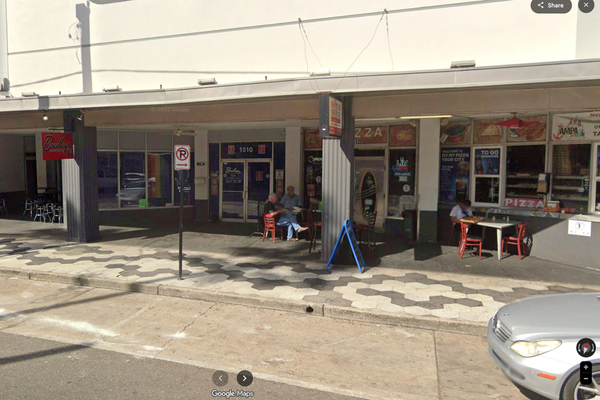
After news of the undersea oil pipeline leak came to light on Jan 25, the public expected it would be dealt with effectively and cleaned up.
The public has reason to be hopeful. The tourism sector in Rayong province, particularly Koh Samet, were affected by the worst oil leak in the country's history in July 2013. Based on that disaster, it was expected the authorities and energy companies in that province would have learnt lessons and be better prepared for the future.
The latest oil clean up operation has proved they are not. Even worse, critics say the government has downplayed the accident, among them Industry Minister Suriya Jungrungreangkit who said only 5,000 litres of oil had escaped from the underwater oil pipe. He also said the incident would not affect the tourism sector.
But the minister is wrong. The authorities still do not know how much oil leaked out and the Pollution Control Department (PCD) hopes to find out.
Right after the leak occurred, Star Petroleum Refining Co said 400,000 litres had escaped before revising the figure to 160,000 litres. However, industrial and environmental ministers said the oil leak was much less, as per Mr Suriya.
Environmental Minister Varawut Silpa-archa initially cited the figure as 20,000 litres before reversing the amount to 50,000 litres. Without a correct figure of how much oil was leaked, an appraisal of the environmental impacts and the issue of compensation could be complicated. The oil leakage has harmed Rayong's tourism sector, the same way the oil leak of 2013 did Samui's.
That's come on top of the Covid-19 pandemic which has hit the tourism sector. Last week, droves of tourists planning to sojourn on Rayong beaches and Koh Samet for Chinese New Year cancelled their bookings.
Some 1.5 billion baht was estimated to have been lost. About 400 local tourism operators and 2,600 fishermen yesterday submitted requests for financial compensation.
Despite the government announcing the clean-up was now complete, experts, including Asst Prof Thon Thamrongnawasawat of Kasetsart University's Faculty of Fisheries, have warned the environmental impact might persist while not being visible.
The oil cleanup operation also raises questions about the sustainable development and environmental record of Map Ta Phut Industrial Estate, the country's largest petrochemical complex. It's also among the 10 largest petrochemical complexes in the world. But during the cleanup's early days, officials found refineries did not have enough floating oil booms on hand to contain the oil leak.
Despite regulations requiring such refineries to have no less than 40 kilometres worth of floating oil booms for cleaning up oil, PCD's director-general Atthapol Charoenchansa said factories in Rayong had no more than 3km of booms in their combined stock.
Without enough floating booms to contain the oil, operators relied on dumping 80,000 litres of dispersant chemicals -- it's a quick fix but one that is not very environmental-friendly as chemicals will be left accumulating on the marine seabed.
It's understandable that villagers, such as those in Chana district in Songkhla or even residents living in the Eastern Economic Corridor, disagree when the government wants energy and industrial projects built in their communities. The government's performance on environmental cleanups is raising more fears and mistrust than any Luddites or anti-development protesters could muster.







